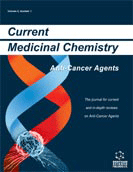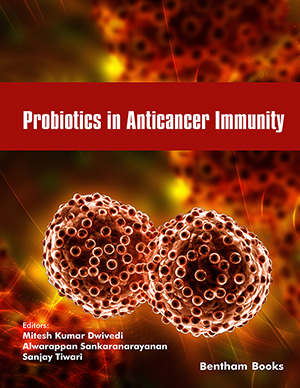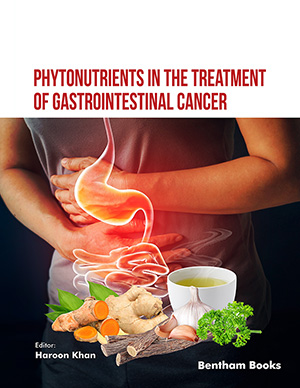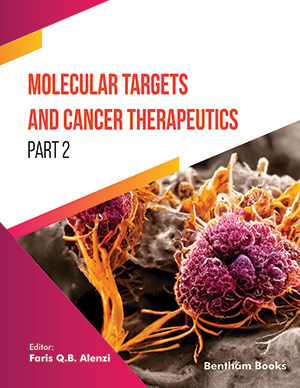Abstract
Chartreusin and elsamicin A are structurally related antibiotics that bind to GCrich tracts in DNA, with a clear preference for B-DNA over Z-DNA. They inhibit RNA synthesis and cause single-strand scission of DNA via the formation of free radicals. Elsamicin A can also be regarded as the most potent inhibitor of topoisomerase II reported so far. It can inhibit the formation of several DNA-protein complexes. Elsamicin A binding to the P1 and P2 promoter regions of the c-myc oncogene inhibits the binding of the Sp1 transcription factor, thus inhibiting transcription. Despite the pharmacological interest in chartreusin, elsamicin A and their derivatives, there is no experimental data on the structure of their complexes with DNA. This shortcoming has been partially solved by a theoretical approach, which provided some details about the DNAelsamicin A interaction, and the thermodynamic characterization of the binding of chartreusin and elsamicin A to DNA. Elsamicin A but not chartreusin is being developed clinically as an anti-cancer agent. IST-622 (6-O-(3- ethoxypropylonyl)-3,4-O-exo-benzylidene-chartreusin), a novel semi-synthetic derivative of chartreusin, which has shown a promising anti-cancer activity in a phase II study, appears to be a pro-drug with a more suitable pharmacokinetic profile than chartreusin.
Keywords: dna-binding drugs, chartreusin, elsamicin a, intercalation
 6
6

















